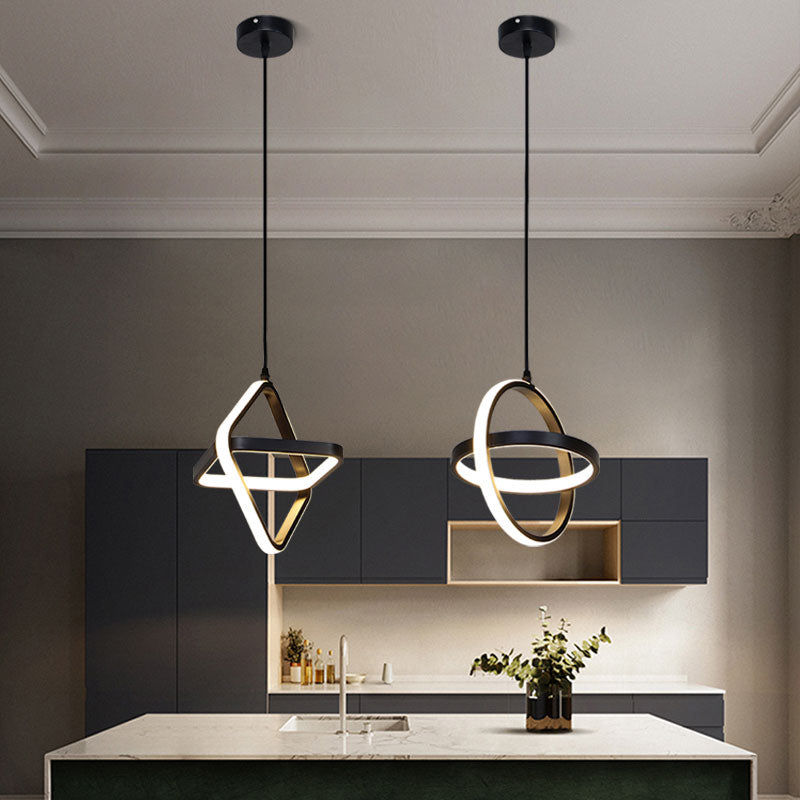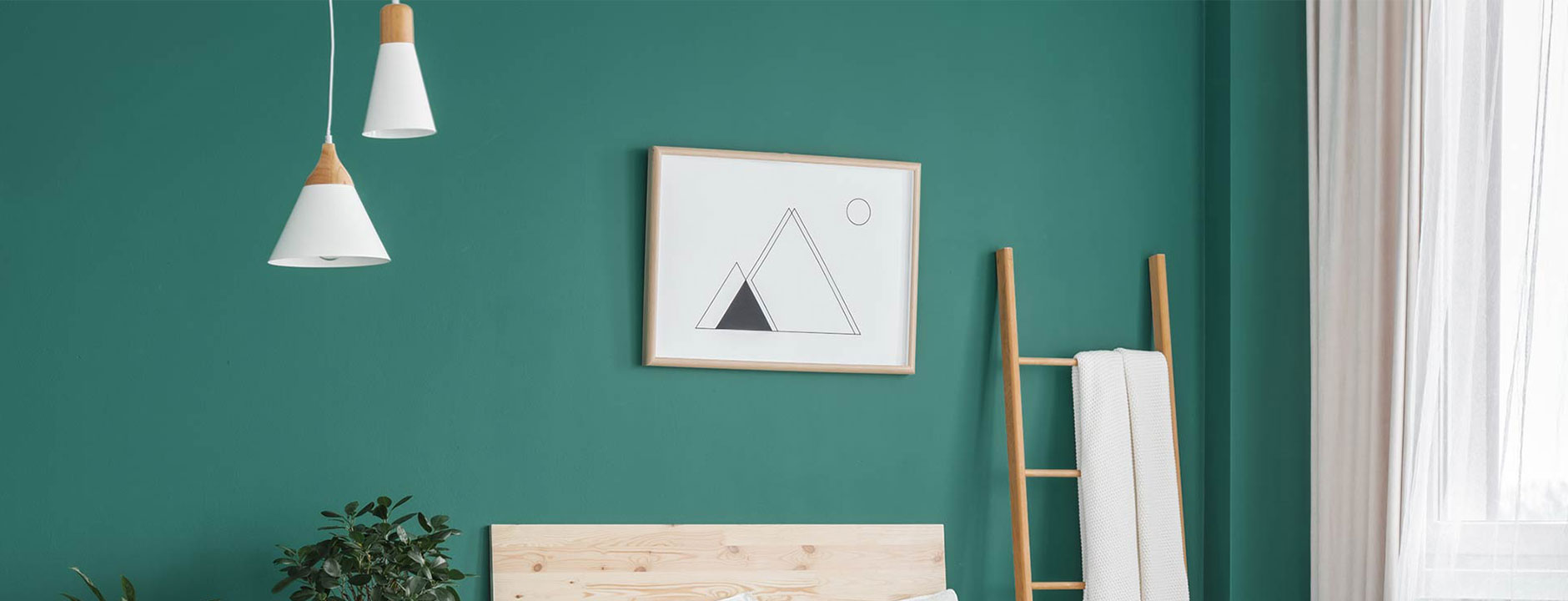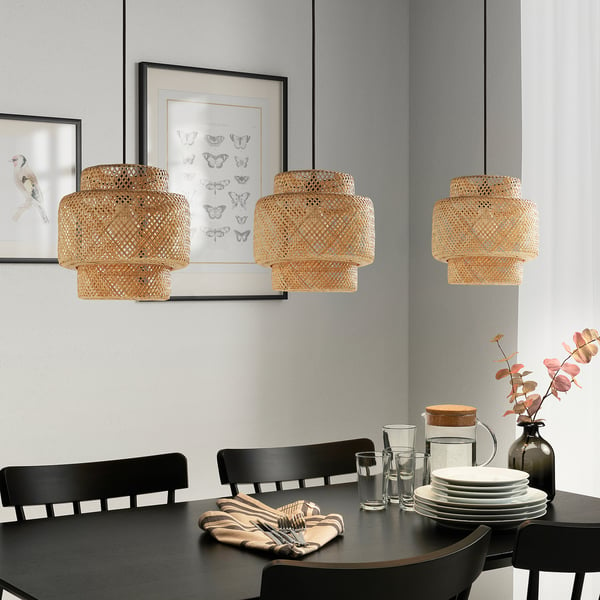The Top Pendant Light Materials: Glass Compared
A Comprehensive Overview to Putting Up and Preserving Your Necklace Light
Setting up and preserving a necklace light requires careful preparation and execution. Proper height measurements can enhance both capability and layout. Necessary devices and a clear installation procedure are essential for a successful configuration. Normal upkeep assurances durability and performance. Recognizing these aspects can transform a space. Understanding where to begin could seem intimidating. What steps should one focus on to attain the very best results?
Understanding Pendant Light Styles
While many property owners look for to improve their rooms with pendant illumination, understanding the different styles readily available is vital for making an informed selection. Pendant lights can be found in a wide variety of styles, each offering distinct aesthetic and useful benefits. Traditional necklace lights often feature classic forms and materials, such as glass or metal, providing a timeless appeal. Contemporary styles, on the other hand, may include bold colors and innovative products to create striking prime focus.
Industrial-style pendants frequently make use of raw products like subjected bulbs and rustic finishes, appropriate for loft spaces and contemporary settings. For a much more whimsical touch, vintage-inspired options stimulate nostalgia with elaborate details and retro coatings. Additionally, minimalist styles concentrate on simpleness and clean lines, appealing to those who like underrated style. Understanding these diverse styles enables house owners to select necklace illumination that not only enhances their design but likewise serves their useful lighting requires successfully.
Gauging the Suitable Height for Your Necklace Light
Exactly how does one determine the perfect height for a necklace light? To attain the very best capability and aesthetic appeal, a number of elements need to be considered. Typically, a necklace light should hang 30 to 36 inches over an eating table to ensure sufficient illumination without blocking views. Precede with high ceilings, the fixture might be positioned somewhat higher to maintain proportionality.
For kitchen islands, an elevation of 28 to 34 inches over the counter top is normally recommended, enabling ample light coverage while maintaining a welcoming atmosphere. In living areas, the pendant should be hung at an elevation that matches the bordering design and does not develop a danger for people strolling beneath it.
Eventually, personal choice and area dimensions play substantial functions in figuring out the excellent height. Examining different elevations prior to final installation might help achieve the wanted impact and functionality.
Tools and Products Needed for Installation
Effective installation of pendant lights requires a certain set of tools and products to ensure a smooth procedure. Important tools include a screwdriver, cable pole dancer, and a drill, which facilitate safe and secure fixture accessory and appropriate electrical wiring. A voltage tester is essential for confirming safety and security by ensuring that power is off before beginning any electrical work.
In addition to tools, particular products are essential for installment. These include the pendant light itself, electric wiring, cable nuts for protected connections, and mounting equipment. A ceiling hook might additionally be called for, depending on the fixture's design.
For added safety and ease, a ladder will aid within high ceilings, while a level guarantees that the light hangs uniformly. Preparing these materials and tools ahead of time enhances the setup procedure, making it more effective and effective. Appropriate prep work is vital to accomplishing a successful pendant light installation.
Step-by-Step Installment Refine
With the essential devices and products collected, the installation procedure for pendant lights can start. The power supply must be turned off at the circuit breaker to assure security. Next, the mounting bracket needs to be affixed to the electric box in the ceiling. After safeguarding it, the electrical expert's tape must be made use of to cover any kind of revealed wires.
Complying with that, the necklace light's wires are linked to the matching cords in the ceiling: black to black (or red), white to white, and green or copper for ground. When the links are made, they need to be protected with cord nuts.
The pendant light can then be affixed to the placing bracket, making certain it hangs at the desired height. The light bulb is inserted, and the power is transformed back on at the circuit breaker, allowing the new pendant light to light up the room.
Maintaining and Cleaning Your Necklace Light
What actions should be required to guarantee the longevity and visual allure of pendant lights? Routine maintenance and cleaning are necessary in preserving their appeal and capability. Dust and dirt can gather on necklace lights, diminishing their luster. To cleanse, a soft, lint-free cloth or microfiber towel ought to be made use of, together with a mild cleaner ideal for the surface product - Pendant Light. For glass or crystal necklaces, a glass cleaner can improve clearness without touches
It is suggested to switch off the light and permit it to cool down before cleansing. Furthermore, inspecting the component for loose bulbs or links occasionally guarantees safety and security and top performance. If relevant, changing bulbs routinely protects against pressure on electrical components. Lastly, keeping a risk-free atmosphere by preventing direct exposure to moisture can considerably prolong the life of pendant lights. This Site Adhering to these actions will maintain pendant lights looking their best while operating effectively.
Fixing Usual Necklace Light Issues
When pendant lights malfunction, several common concerns might occur, consisting of flickering light bulbs, inaccurate installation, and voltage variations. Identifying the origin is essential for effective troubleshooting and guaranteeing peak performance. Resolving these troubles promptly can improve the durability and functionality of pendant lighting fixtures.
Flickering Light Light Bulbs
Flickering light bulbs can be a resource of disappointment for house owners, typically signaling underlying electrical issues or easy maintenance demands. This sensation might come from loosened light bulb connections, where the bulb is not firmly matched the outlet, creating periodic contact (Pendant Light). Furthermore, defective or aging bulbs may flicker as they near completion of their lifespan. An additional usual reason is irregular voltage, which can arise from issues within the electrical system or overloading circuits. Property owners must additionally examine for harmed circuitry, as this can cause flickering and position safety risks. Timely substitutes and normal examinations are vital to ensure correct capability and to preserve a secure home atmosphere. Identifying the origin cause without delay can prevent further issues

Inaccurate Installation Problems
Inappropriate installation of pendant lights can bring about an array of concerns that may appear like those triggered by flickering bulbs. Common problems consist of loosened electrical wiring links, which can interrupt the flow of electricity and lead to periodic lighting. Additionally, if the installing brace is not securely attached, the necklace might hang erratically, producing an unsteady component that can trigger resonances or noise. Inaccurate light bulb types or wattage can additionally contribute to performance issues, as inappropriate bulbs may not function efficiently in the component. Finally, poor spacing from the ceiling can produce shadows or minimize light distribution, diminishing the designated impact of the pendant light. Recognizing and attending to these installment mistakes is important for accomplishing appropriate performance and aesthetic allure.
Voltage Change Issues
Pendant lights can improve a room's setting, voltage fluctuations can lead to substantial efficiency issues. These changes might create flickering lights, lowered illumination, or also premature bulb failing. To identify such troubles, one should initially inspect the light component's compatibility with the voltage find supply. Utilizing a multimeter can assist gauge voltage levels and recognize abnormalities. If voltage problems continue, it may be required to examine the electrical system for loosened connections or defective wiring. Sometimes, getting in touch with a certified electrical expert is suggested to assure safety and compliance with regional codes. Appropriately addressing voltage variations not only boosts the performance of pendant lights however likewise extends their life expectancy and boosts total lighting quality.
Enhancing Your Room With Pendant Light Placement
Reliable necklace light placement can considerably enhance a room by adhering to excellent elevation guidelines, ensuring the appropriate illumination degree. Layering these lights with various other resources can develop a well balanced atmosphere, highlighting focal factors within the space. Attaining an unified appearance calls for careful consideration of both the component's placement and its relationship with bordering components.
Ideal Height Guidelines
When pondering the suitable elevation for pendant lights, a general standard recommends hanging them roughly 30 to check my reference 36 inches above a countertop or table surface area. This elevation enables optimum lighting while making sure that the light does not obstruct sights or develop dangers. In dining locations, necklace lights need to be placed to boost the eating experience, usually around 28 to 34 inches above the table. For kitchen area islands, maintaining harmony throughout several pendants can develop a natural look; spacing them equally and adhering to the advised elevation boosts capability. It is vital to consider ceiling height as well, as higher ceilings might call for changes to maintain proportionality and visual appeal. Proper height positioning considerably contributes to the general atmosphere of a space.
Layering With Other Lights
As pendant lights are incorporated into a broader illumination layout, they can considerably improve the environment of a room. Their adaptability allows them to be layered with ambient, job, and accent lights, creating an unified equilibrium. As an example, integrating pendant lights with recessed illumination can offer general illumination while highlighting particular areas. Job lighting, such as under-cabinet lights, can complement pendants in kitchen areas, making sure performance without giving up style. Accent lights, like wall sconces, can even more improve the environment, drawing attention to art work or building features. By tactically placing these lights, homeowners can achieve deepness and measurement, changing a regular room into a wonderfully lit up establishing that caters to various tasks and moods.
Centerpieces and Equilibrium

Strategically positioned necklace lights can work as enchanting prime focus within a room, attracting the eye and improving the total aesthetic. When choosing pendant lights, it is important to consider their shape, size, and color to assure they complement the existing design. For instance, a vibrant, large pendant can produce a striking centerpiece above a table, while smaller sized fixtures might work better in collections to attain a balanced appearance. Additionally, placing necklace lights at varying heights can add deepness and aesthetic rate of interest to the space. Keeping equilibrium with other elements, such as furniture and wall surface shades, will certainly ensure that the necklace lights improve the room without overwhelming it. Thoughtful positioning transforms the ambiance, creating an unified and inviting ambience.
Regularly Asked Concerns
Can I Install a Necklace Light in a Recessed Ceiling?
The inquiry of whether a necklace light can be installed in a recessed ceiling usually develops. Generally, it is possible with appropriate placing hardware, making certain appropriate support and electric connections for reliable and secure installation.
What Kind of Light Bulb Is Ideal for Pendant Lighting?
When choosing bulbs for pendant lights, LED alternatives are typically chosen due to their energy efficiency and durability. Additionally, the color temperature ought to match the preferred ambiance, with cozy white being a popular choice for relaxing settings.
Are Necklace Lights Safe for Outdoor Usage?

Just how Do I Select the Right Necklace Light Power Level?
Choosing the right pendant light wattage entails examining the space's dimension, desired illumination, and fixture compatibility. Usually, lower power levels match ambient illumination, while greater wattages supply task lights, guaranteeing functionality and aesthetic charm.
Can I Use a Dimmer Change With My Pendant Light?
The concern occurred whether a dimmer button could be made use of with a pendant light. Usually, if the lighting fixture and light bulb are compatible, a dimmer switch can effectively improve ambiance and control brightness levels.
When pendant lights malfunction, numerous typical concerns might occur, including flickering light bulbs, wrong installment, and voltage fluctuations. Incorrect installment of necklace lights can lead to an array of problems that might look like those triggered by flickering bulbs. Poor spacing from the ceiling can create darkness or lower light distribution, reducing the desired impact of the pendant light. Reliable pendant light placement can considerably improve a space by sticking to excellent height standards, making sure the ideal illumination level. When picking bulbs for necklace lights, LED alternatives are often favored due to their energy effectiveness and long life.